Posts
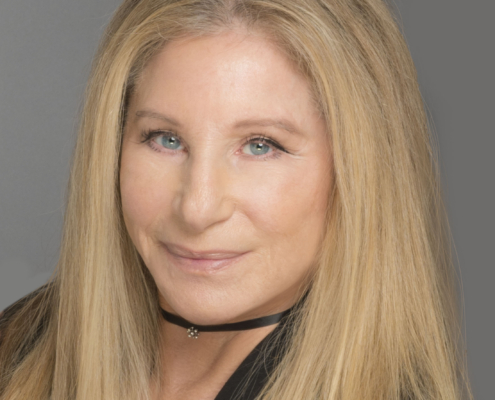
Barbara Streisand to Fund Institute at UCLA Focused on Solving Societal Challenges
“Building upon her decades of work as an artist and activist,…
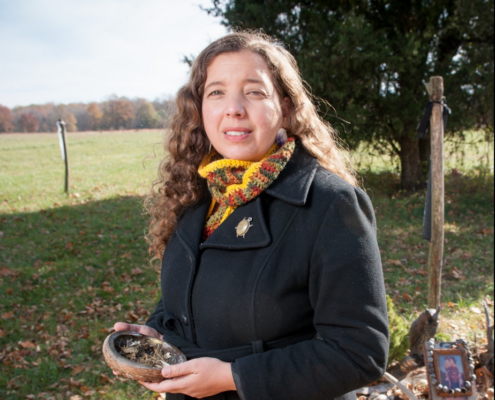
RSVP Now for the UCLA/Getty Program’s Distinguished Speaker Series featuring Dr. Gabrielle Tayac on March 5
Dr. Glenn Wharton
Chair, UCLA/Getty Program in the Conservation…
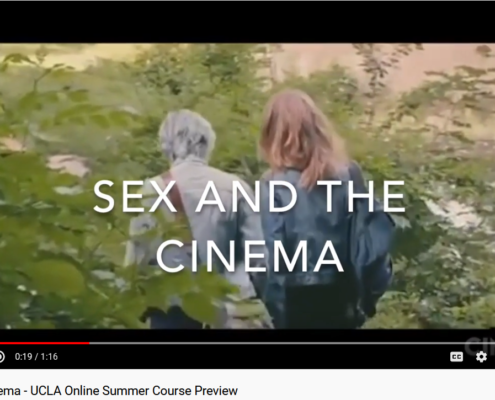
LA Social Science Summer Course Previews: Sex in the Cinema (Comm 188A) with Professor Hurwitz
Summer 2020 starts this month, and LA Social Science will continue…
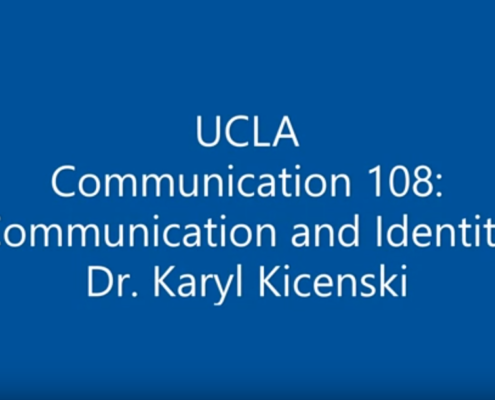
LA Social Science Summer Course Previews: Communication and Identity with Professor Kicenski
As summer 2020 approaches, LA Social Science will be highlighting…

LA Social Science Summer Course Previews: American Cultural History with Professor Avila
As summer 2020 approaches, LA Social Science will be highlighting…
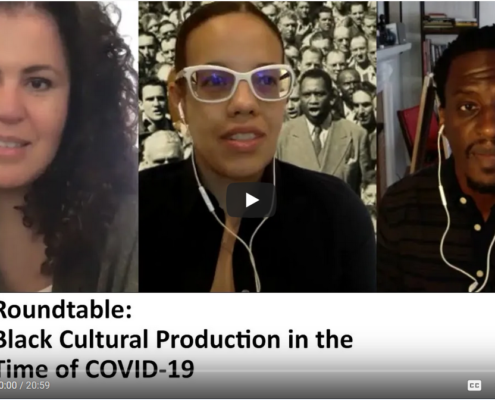
LA Social Science Roundtable: Black Cultural Production in the Time of COVID-19
LA Social Science invited three Los Angeles-based professors…
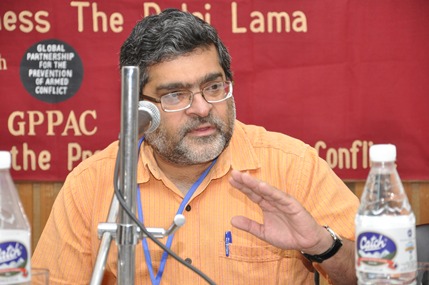
The Singular and Sinister Exceptionality of the Coronavirus (COVID-19)
Professor Vinay Lal, UCLA Professor of History and Asian American…
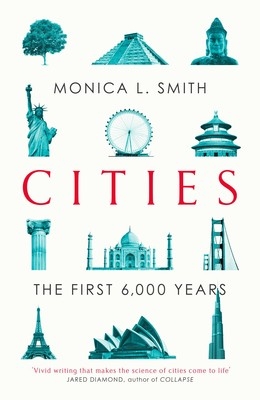
Cities: A Compelling Part of Human Life
Monica L. Smith is a UCLA professor in the Department of…

